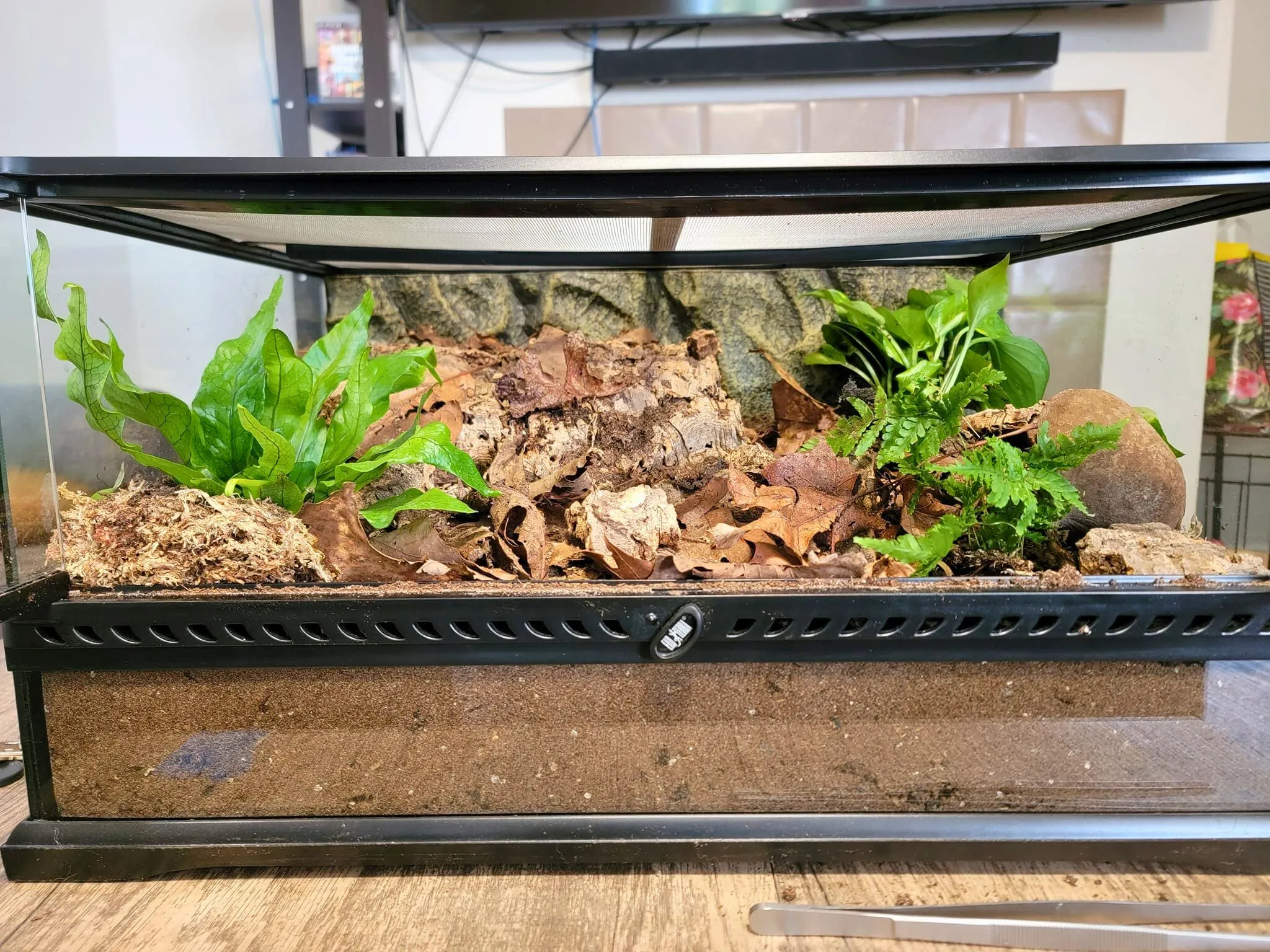Top 5 Tarantula Enclosure Ideas on Pinterest
Creating the perfect habitat for your tarantula is an exciting endeavor. Pinterest is an amazing resource filled with inspiration and practical ideas to design a safe, comfortable, and visually appealing enclosure for your eight-legged friend. Whether you are a seasoned tarantula keeper or a beginner, exploring the diverse ideas on Pinterest can significantly enhance your tarantula keeping experience. This article explores top Pinterest ideas, combining aesthetics with essential functionality for your tarantula’s well-being. From enclosure size and substrate selection to temperature regulation and decor, we’ll cover the key elements that make a perfect tarantula habitat. Get ready to transform your tarantula’s home into a beautiful and functional space.
Enclosure Size and Dimensions
The size of your tarantula’s enclosure is one of the most important factors to consider. An enclosure that’s too small will restrict your tarantula’s movement and can lead to stress, while one that’s too large might make it difficult for your spider to find its food and may cause them to feel insecure. Pinterest offers many examples of well-proportioned enclosures that are appropriate for various tarantula species. Understanding the specific needs of your tarantula, taking into account both its size and the recommended enclosure size, is the first step.
Choosing the Right Size for Your Tarantula
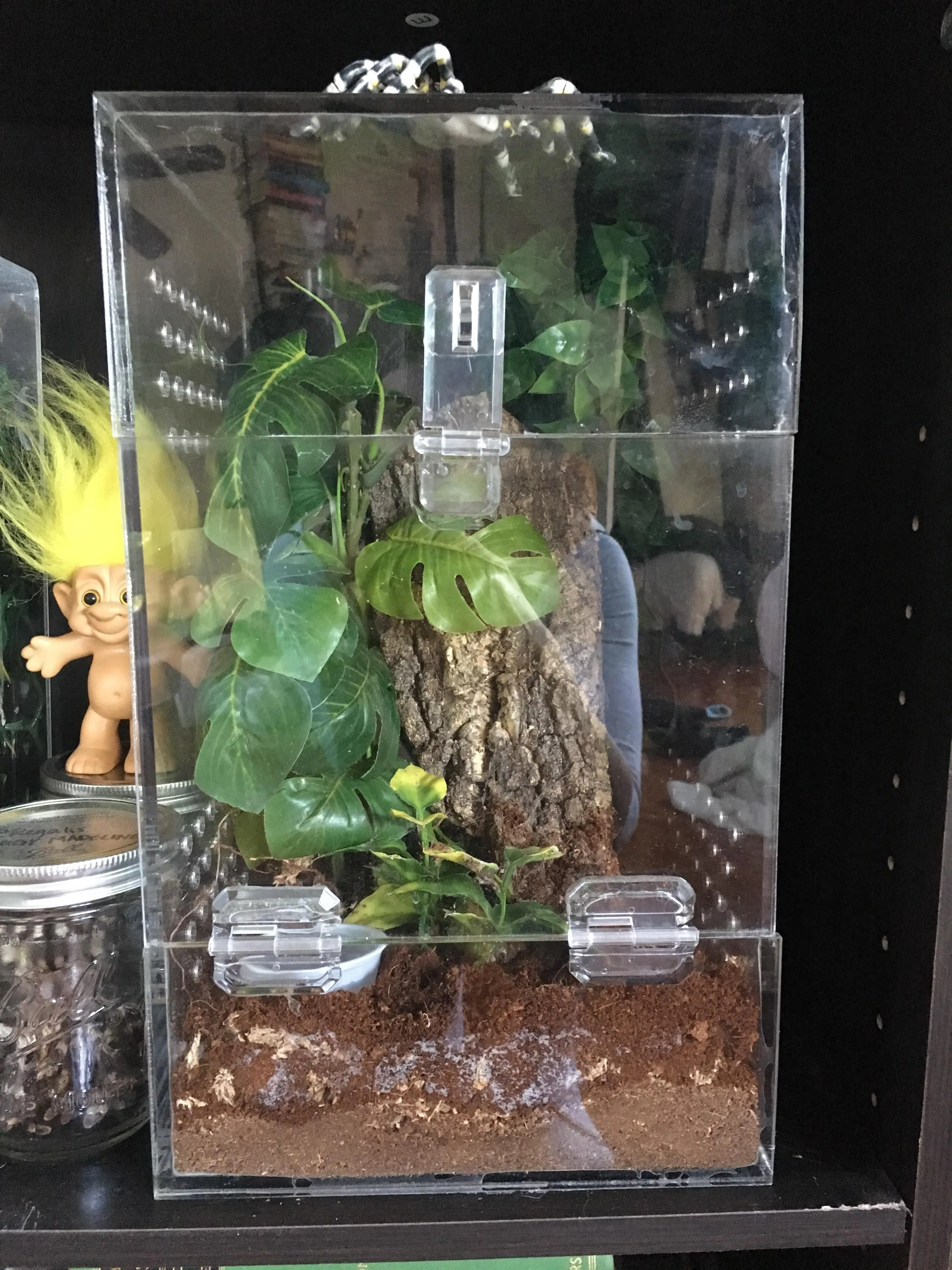
When browsing Pinterest, pay close attention to how different keepers have accommodated their tarantulas’ sizes. As a general rule, the enclosure should be at least twice the leg span of your tarantula. For arboreal species (those that live in trees), height is crucial, while terrestrial species (those that live on the ground) require more floor space. Pinterest images often showcase the practical application of these sizing principles, providing visual examples of ideal enclosures. Researching the specific species’ needs is also essential, as requirements vary based on the tarantula’s origin, temperament, and lifestyle.
Importance of Ventilation
Proper ventilation is vital for your tarantula’s health. Stagnant air can lead to the buildup of harmful bacteria and mold, which can cause respiratory issues for your tarantula. Good ventilation also helps maintain the correct humidity levels inside the enclosure, critical for tarantulas’ well-being. Pinterest users often share creative ways to ensure proper airflow. They often feature enclosures with strategically placed ventilation holes or mesh tops, which allow for adequate air circulation without compromising the security of the enclosure. These designs offer a valuable lesson on balancing air circulation with safety and security, so be sure to keep a close eye for this.
Substrate Selection
The substrate is the bedding material that forms the floor of your tarantula’s enclosure. It serves multiple functions, including providing a surface for your tarantula to walk on, burrow in (for terrestrial species), and regulating humidity. The right substrate helps mimic your tarantula’s natural habitat and contributes significantly to its well-being. Pinterest is rich with substrate ideas, and a careful selection can really create a suitable home.
Different Substrate Types
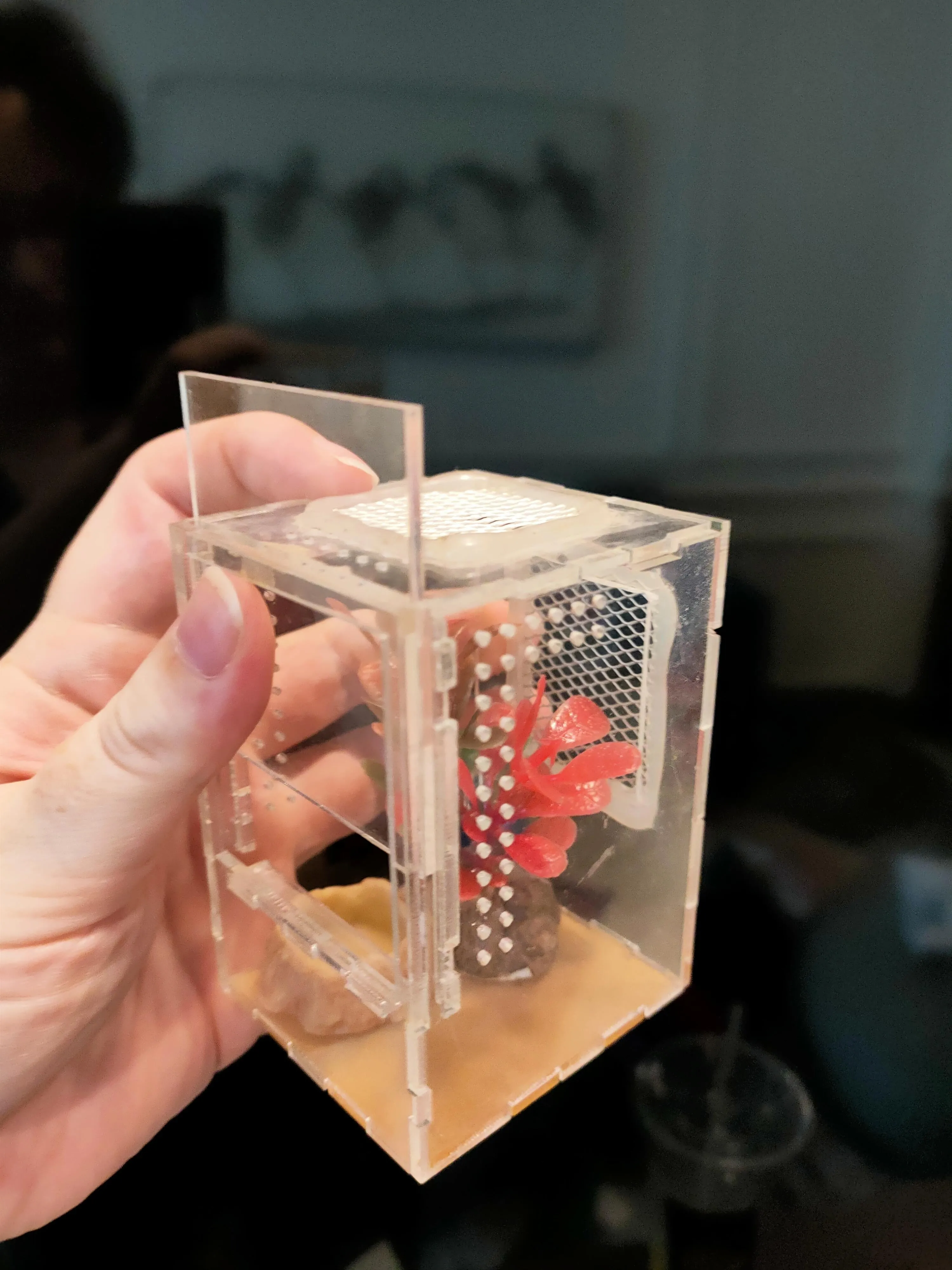
There are many substrate options available. Common choices include coconut fiber, peat moss, vermiculite, and soil mixes. Each substrate has its own characteristics in terms of water retention, burrowing ability, and aesthetic appeal. Coconut fiber, for example, is excellent for maintaining humidity, while peat moss is a natural substrate that offers a more earthy look. Soil mixes often provide the best burrowing opportunities for terrestrial species. When browsing Pinterest, compare and contrast the different substrate options to determine the best option for your tarantula’s specific needs. Images of well-maintained enclosures often showcase the beauty of different substrates.
Benefits of a Good Substrate
A good substrate provides several benefits for your tarantula. It regulates humidity, which is crucial for molting and overall health. It also allows your tarantula to burrow, providing a sense of security and a place to hide. Many tarantulas also use the substrate to create their nests or molting chambers. Proper substrate prevents mold growth and bacterial contamination. Seeing well-curated Pinterest posts can illustrate the positive effects of appropriate substrate choice. Look for examples that highlight happy, healthy tarantulas in enclosures with well-maintained substrates.
Essential Decor and Furnishings
Adding decor and furnishings to your tarantula enclosure is essential for providing enrichment and creating a comfortable environment. These additions give your tarantula places to hide, explore, and feel secure. Pinterest users offer a wealth of ideas, from simple DIY projects to elaborate enclosure designs. The goal is to mimic the tarantula’s natural habitat as closely as possible. This enhances its well-being and provides visual appeal.
Hides and Shelters
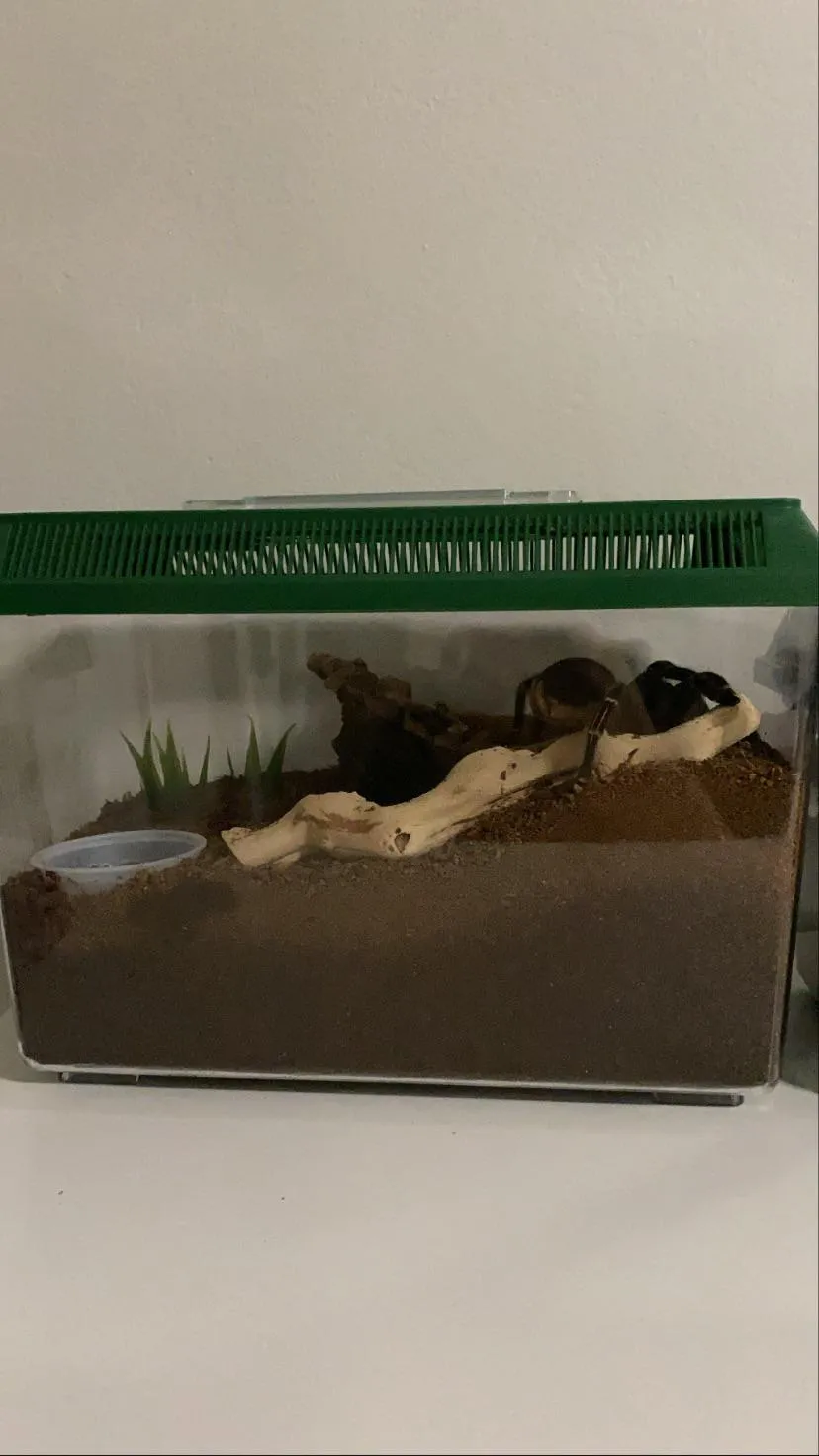
Hides are an essential element in any tarantula enclosure. They provide a place for the tarantula to retreat, feel safe, and hide during the molting process. Hides can range from commercially available products such as cork bark or artificial caves to DIY creations such as hollow logs or overturned pots. Pinterest offers endless inspiration on hide designs. They often showcase how these can be incorporated into the enclosure to make it visually attractive. A well-placed hide dramatically reduces stress and increases the overall happiness of the tarantula.
Water Dishes and Bowls
Providing a water dish is crucial for hydration. Make sure the dish is shallow enough to prevent your tarantula from drowning, but deep enough for it to drink from. Pinterest showcases numerous ideas for water dishes, ranging from simple, stable bowls to decorative options that blend seamlessly with the enclosure’s decor. The water dish should be cleaned regularly to prevent the growth of bacteria and mold. Regular monitoring and cleaning contribute to the overall health and well-being of your tarantula.
Temperature and Humidity Control
Maintaining the correct temperature and humidity levels is vital for your tarantula’s health and survival. Tarantulas are sensitive to changes in their environment, and incorrect levels can lead to health issues and, in extreme cases, even death. Pinterest is full of examples of how tarantula keepers maintain ideal conditions, often incorporating the use of heating pads, lamps, and humidifiers. However, it’s crucial to understand the specific temperature and humidity needs of your tarantula species, as these requirements vary greatly depending on the spider’s natural habitat.
Maintaining Optimal Conditions
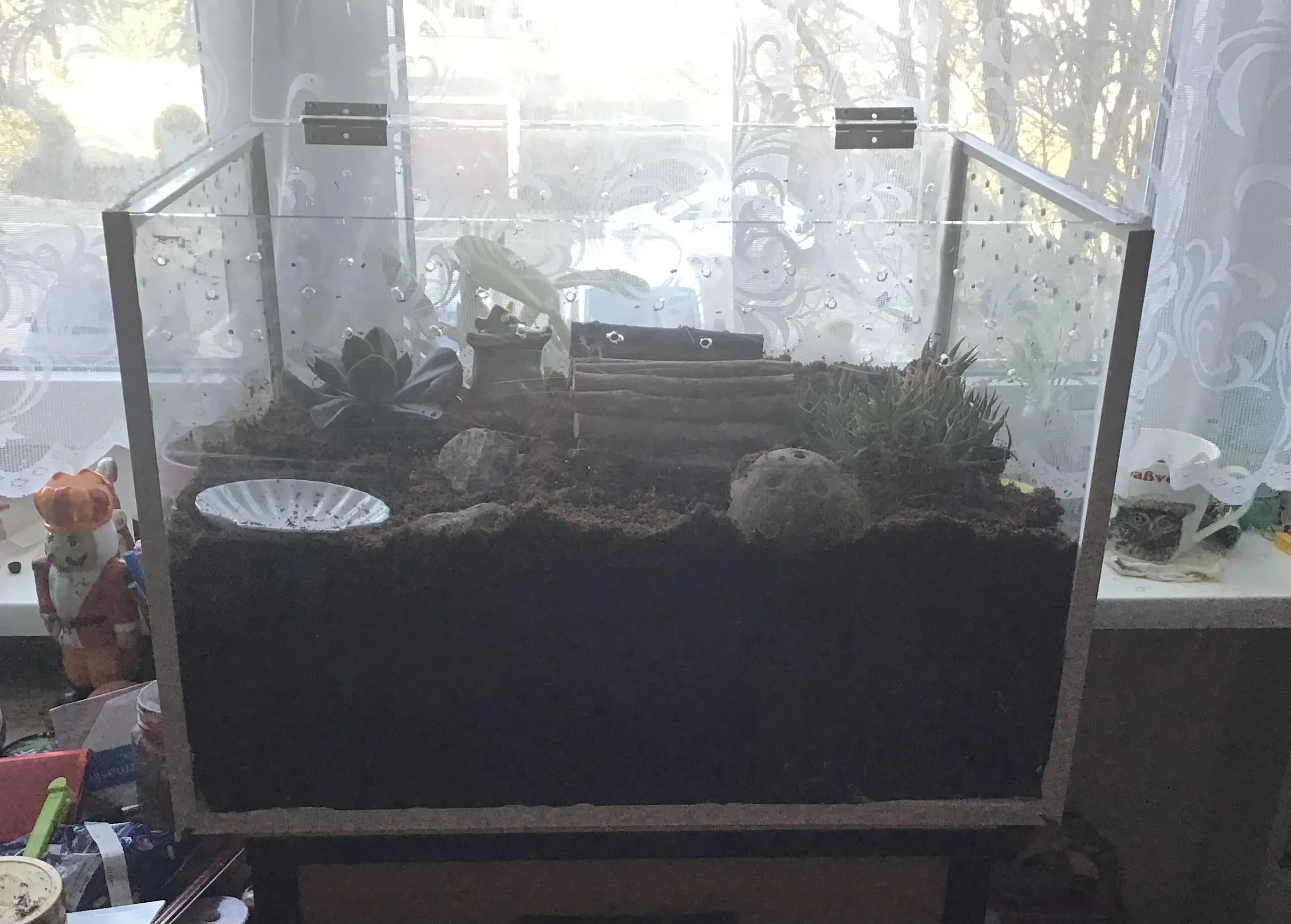
To maintain the ideal temperature and humidity, you may need to use a combination of techniques. Heating pads can be placed under the enclosure to provide warmth, while a heat lamp can be used to create a warmer zone. Humidifiers or regular misting with a spray bottle can increase humidity levels. Ventilation is equally important. Avoid placing the enclosure in direct sunlight or near drafts. Pinterest users often share their methods for balancing heat and humidity, helping you create a stable environment that promotes your tarantula’s health and well-being. Remember to always check the temperature and humidity levels regularly.
Monitoring with Thermometers and Hygrometers
Monitoring the temperature and humidity levels inside your tarantula’s enclosure is essential. Use a thermometer to measure the temperature and a hygrometer to measure the humidity. Both analog and digital models are available, with digital options often providing more precise readings. Place these devices in a location within the enclosure where they are easily visible. This makes it easy to keep track of the conditions. Pinterest often showcases creative ways to incorporate these devices into the enclosure’s design, making them both functional and aesthetically pleasing. Regular monitoring allows you to make adjustments to the environment to ensure your tarantula’s comfort and health.
Pinterest Inspiration Gallery
Pinterest is more than just a platform for inspiration; it is a gallery of practical solutions and creative ideas. It helps tarantula keepers of all experience levels create the perfect habitat for their tarantulas. The visual nature of Pinterest makes it easy to find ideas and visualize how they might work in your own enclosure. Browsing through various images and videos can lead you to the perfect design. Here are some key areas to explore to gather ideas.
Top Pinterest Enclosure Designs
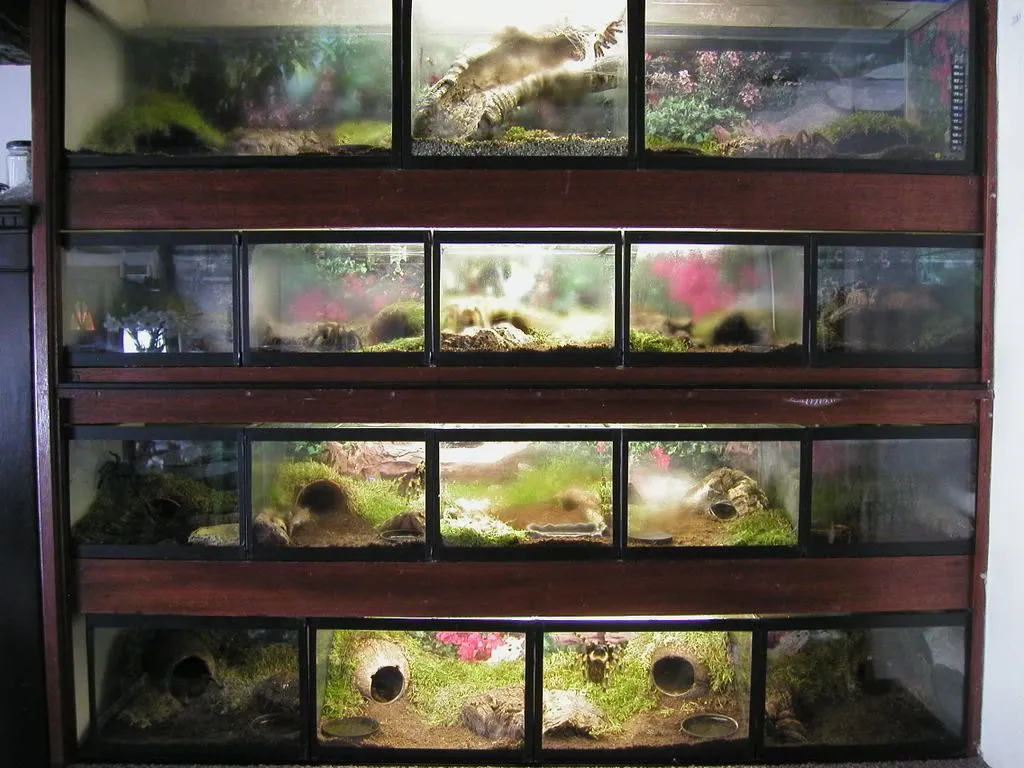
Search for terms such as “tarantula enclosure ideas” and “tarantula habitat.” You’ll find a wide array of examples. These may range from simple setups to elaborate terrariums. Pay attention to how keepers incorporate different elements into their enclosures. Look for themes such as naturalistic setups. These often incorporate elements such as plants, rocks, and driftwood. There are also more minimalistic designs that prioritize simplicity and ease of maintenance. Study how the enclosures meet the specific needs of the tarantula species.
DIY Enclosure Projects
Pinterest is an amazing resource for DIY tarantula enclosure projects. Many users share step-by-step guides, complete with photos and instructions. DIY projects range from simple modifications to existing enclosures to building enclosures from scratch. DIY projects are a great way to customize your tarantula’s home. DIY enclosures also allow you to save money and use materials that suit your aesthetic preferences. Explore projects that use readily available materials. Ensure that the enclosure provides adequate ventilation and security, and is made from safe, non-toxic materials.
Where to Find More Inspiration
Beyond Pinterest, explore other online resources, such as forums dedicated to tarantula keeping. Many tarantula enthusiasts share their enclosure designs. These resources also offer expert advice and answer questions. Look for videos on YouTube. These often provide visual demonstrations of how to build and maintain tarantula enclosures. Finally, visit your local pet stores and reptile expos for additional ideas and to gather inspiration. By combining these resources, you can create a beautiful, functional, and enriching habitat for your tarantula. Be sure to keep your tarantula’s specific needs in mind.
Creating an ideal tarantula enclosure involves understanding your tarantula’s needs, finding inspiration, and putting your ideas into practice. Pinterest is an amazing platform, and can give you ideas for enclosure size, substrate, decor, and temperature regulation. By following these tips and drawing inspiration from the Pinterest community, you can create a thriving environment for your tarantula, enhancing both its health and your enjoyment of this fascinating hobby.
